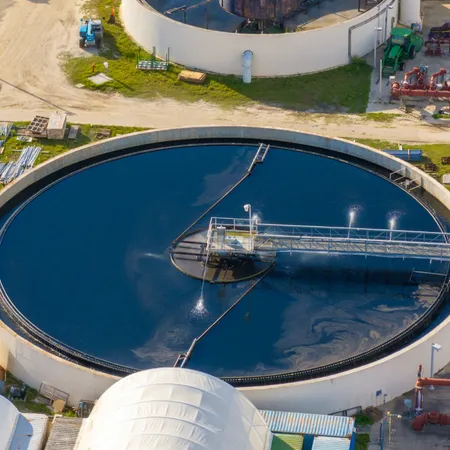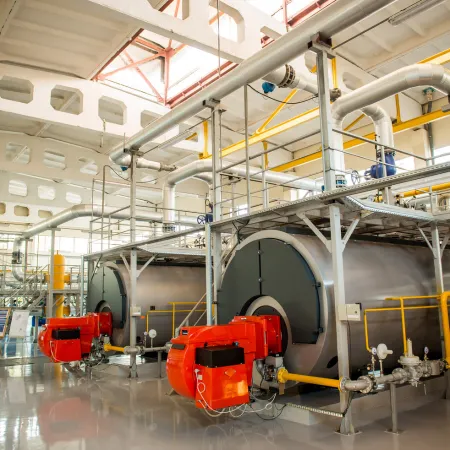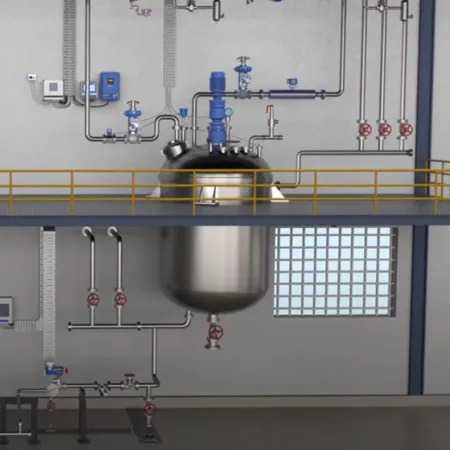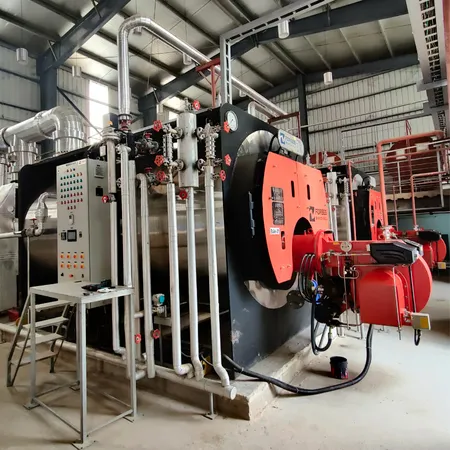CIP Systems Explained: How They Work and How to Improve Steam Efficiency
What is Clean-in-place (CIP) ?
A clean-in-place system or (CIP) is a method used in industries to clean interior surfaces of pipes, vessels, equipment, filters, and associated fittings without having to disassemble them. CIPs are widely used in industries where hygiene is critical such as food, beverage, chemical, pharmaceutical, dairy, brewing etc.
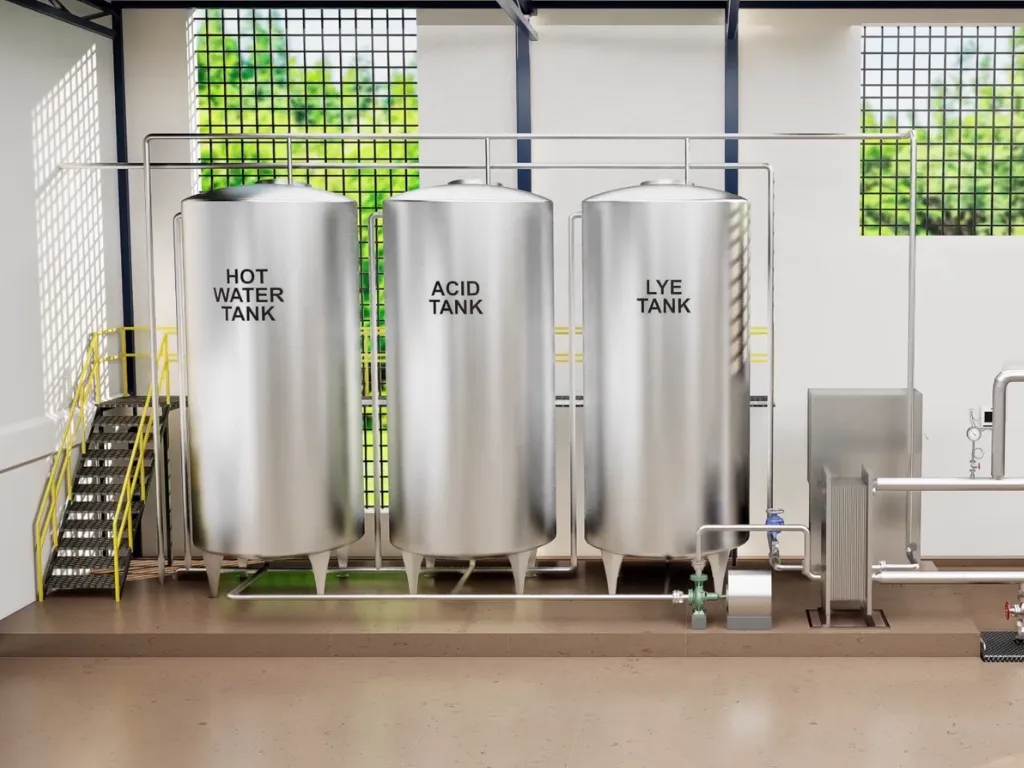
A typical Clean-in-place System with Hot Water Tank, Acid Tank, Lye or Alkali Tank and Heat Exchanger
Benefits of a Clean-in-place (CIP) System?
The benefits of using a clean-in-place system include
- Eliminates dismantling of the equipment thus reducing downtime.
- Consistent and repeatable cleaning process.
- Safer for workers due to minimal manual handling.
- Saves water and chemicals when optimised.
- Ensures compliance with hygiene standards (e.g., FDA, GMP).
How does a Clean-in-place (CIP) work?
A clean-in-place system utilises a combination of heat, chemicals, and water to sanitise equipment. Some of the chemicals used in CIP include Sodium hypochlorite (Hypo), Sodium hydroxide (Caustic soda), Peracetic acid (PAA),Chlorine dioxide, Phosphoric and nitric acids.
The cleaning solution is circulated through the system in a controlled manner. A typical CIP cycle takes between 60 and 90 minutes with cleaning temperatures reaching up to 100 °C (32 °F).
A typical CIP Process includes
- Pre-rinse: Flushing out residues with water.
- Caustic wash (alkaline cleaning): An alkaline cleaning solution is circulated throughout the system that helps remove organic material like fats, proteins, or sugars.
- Intermediate rinse: This step helps clear out any caustic solution preventing contamination in the next step.
- Acid wash (optional): Removes mineral deposits like scaling.
- Final rinse: Uses clean water to flush out any remaining chemical residues. The water from the final rinse can also be tested to ensure the system is clean.
- Sanitisation (optional): This step involves using heat or disinfectant to kill any residual microbes.
Clean-in-place (CIP) vs Steam-in-place (SIP)
Steam-in-place or SIP process is a continuation of the CIP process where high temperature clean steam ranging from typically 120 – 135 °C (248 – 275 °F) is used to sterilise the equipment .
SIP is a temperature sensitive process which means it is necessary for the steam to be in the desired temperature range.
The Role of Steam in Clean-in-place (CIP) Systems
Steam is a critical component in CIP systems, particularly for sterilisation and maintaining high-temperature sterilisation.
Its roles include:
- Facilitating steam-in-place process helping sterilise equipment with high temperature steam
- Steam helps heat cleaning solutions to achieve the desired temperature and ensure compliance with hygiene requirements
- High temperatures from steam improve the effectiveness of alkaline or acidic cleaning agents by accelerating chemical reactions
- Steam provides uniform heating across large surface areas, ensuring consistent cleaning performance in complex equipment.
Challenges with Steam Efficiency in Clean-in-place (CIP)
- Improper steam trapping and lack of maintenance may cause condensate build-up leading to reduced heat transfer, inconsistent temperatures, and potential water hammer, which can damage equipment
- Contaminated or wet steam can cause contamination of equipment surfaces and reduced sterilisation effectiveness
- Excessive steam temperature can also damage sensitive equipment components
- Poor insulation or steam leaks can increase energy costs and environmental impact
- Inconsistent steam supply or pressure drops in the system leads to uneven heating
- The above factors play a role in increasing the risk of safety hazards
Mitigate Steam Efficiency Issues in CIP Systems
- Implement real-time monitoring of steam system energy performance
- Select the appropriate steam traps and supporting accessories for your process
- Ensure proper installation and regular maintenance of steam traps to avoid condensate accumulation
- Optimise condensate evacuation and maximise recovery to improve overall system efficiency
- Insulate steam and condensate lines to minimise heat losses
- Conduct routine maintenance and inspections in line with standard operating procedures (SOPs)
- Train operations and maintenance personnel to handle steam systems efficiently and safely
Learn more about steam in Clean-in-place systems and ways to optimise steam consumption in this video.

